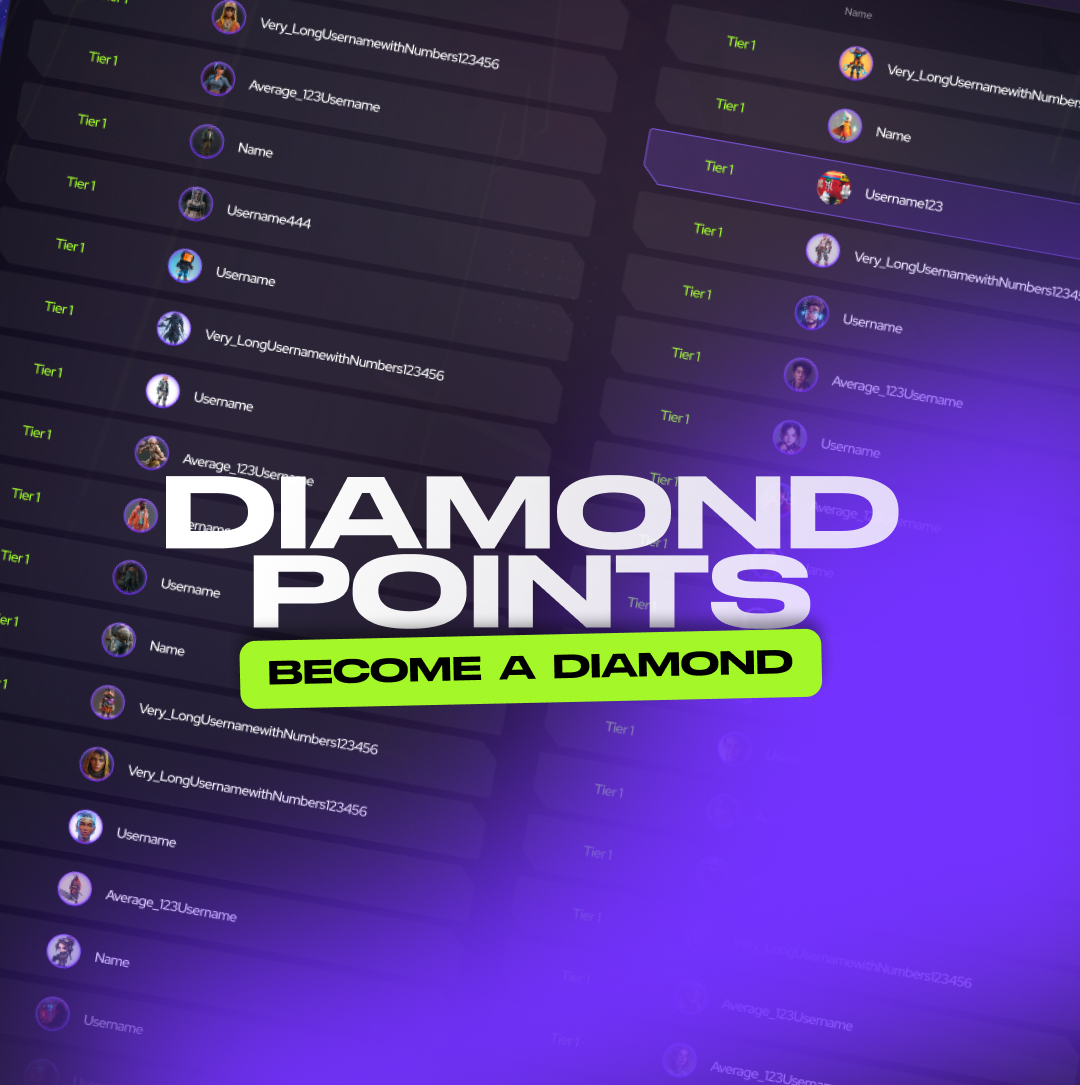Over the last two decades, the gaming industry has become a powerhouse exceeding $385 Billion in mark global market valuation. As the gaming industry continues breaking the mold of underground, marketers and game developers are taking hold of advertising opportunities tied to games, esports, and gaming consoles.

Due to the efficient audience targeting and the powerful impact on gamers, brands are continuously expanding their brand awareness campaigns into the realm of gaming. Unfortunately, this upsurge manifests in exponentially rapid cost growth. Can, at this point, smaller brands advertise in games and esports too?
Marketing Opportunities in Games and Esports
A joint study by in-gaming advertising platforms Anzu and Lumen Research revealed the remarkable impact of attention on digital advertising and gaming. In-game ads boasted an impressive 98% viewability, significantly surpassing the 78% digital ad norm. They also held viewer attention longer, averaging 3.1 seconds. The study found that in-game ads prompted a substantial 49% recall rate, and six in ten players were likely to make a purchase after seeing them, indicating their influence on brand preference and purchase intent.
This stands in stark contrast to declining attention toward traditional ads, with a 37% global ad blocking rate and high levels of ad avoidance on TV and video platforms. In-game ads even outperformed Facebook and Instagram's in-feed ads. The study underscores the growing significance of in-game advertising in capturing visual attention and enhancing brand recall as the market continues to expand. While specific gaming audiences grant such impactful results, in-game advertising doesn’t come without its innate limitations stemming from curbed demographics of active gamers.
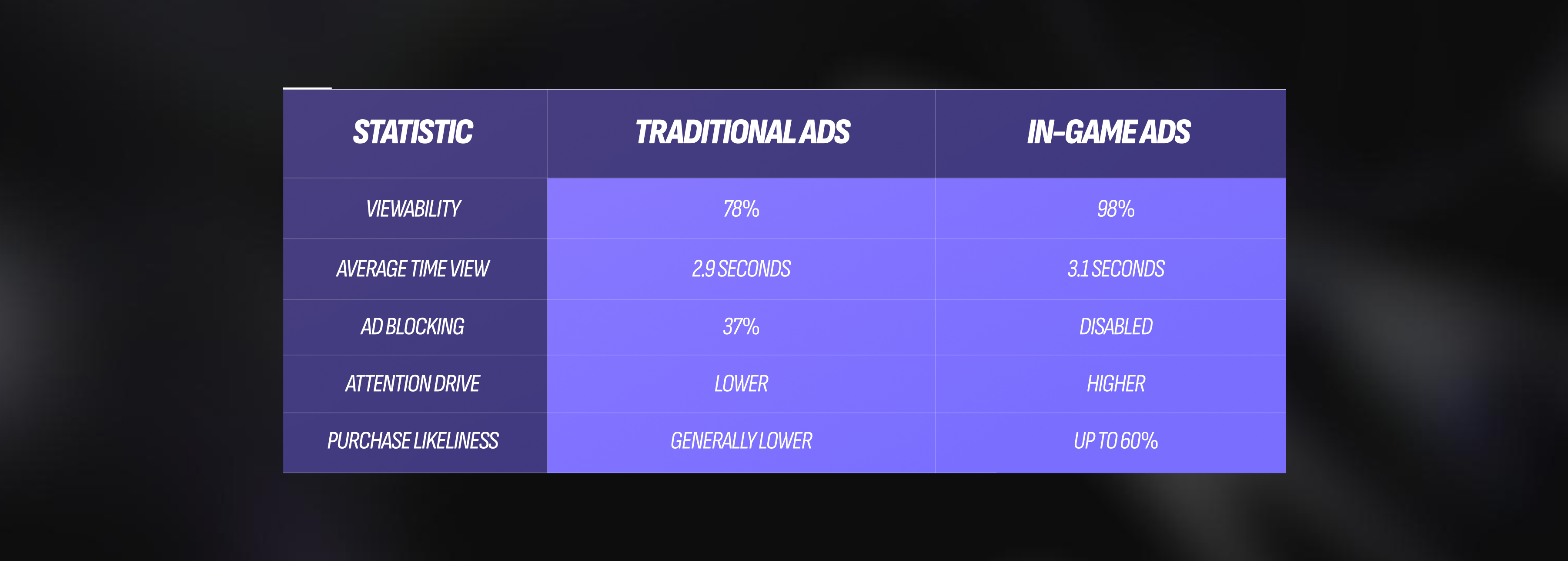
In-Game Ads’ Demographics - Who are you targeting?
The world of gaming is experiencing a boom like never before, with approximately 3.09 billion active video game players globally. This astounding number is expected to rise even further, reaching 3.32 billion gamers by 2024, reflecting a remarkable 32% increase in just seven years. The gaming industry's meteoric rise is underscored by the fact that the video game market is estimated to be worth a staggering $385 billion.
Esports, a competitive branch of gaming, is a major contributor to this growth. In the United States, which boasts a video game industry worth an estimated $106.82 billion, there are over 3,000 active esports competition players. This figure eclipses that of any other nation by a significant margin, demonstrating the nation's dominance in this sector. Interestingly, the US alone has approximately as many active esports players (4,283) as the rest of the top four nations combined (4,672).

The regional distribution of gamers is also noteworthy, with Asia emerging as a gaming powerhouse. The continent is home to nearly 1.5 billion gamers, reflecting its massive influence on the global gaming landscape.
Breaking down the gaming demographic, it's evident that gaming isn't just a pastime for a niche audience. In fact, 55% of gamers are male, and 52% of them subscribe to at least one gaming service, underlining the broad appeal and engagement levels within the gaming community.
The growth trajectory of the gaming industry is impressive, with the number of gamers steadily increasing over the years. This trend is likely to continue as gaming technology evolves, offering more immersive and accessible experiences to an ever-expanding audience. As the gaming world continues to expand, it's poised to shape entertainment, culture, and even the global economy in the years to come. While the worldwide gaming community is proven to be growing and willing, the advertising disadvantage might arise from its relatively narrow demographic nature. Here’s who you’re marketing in games:
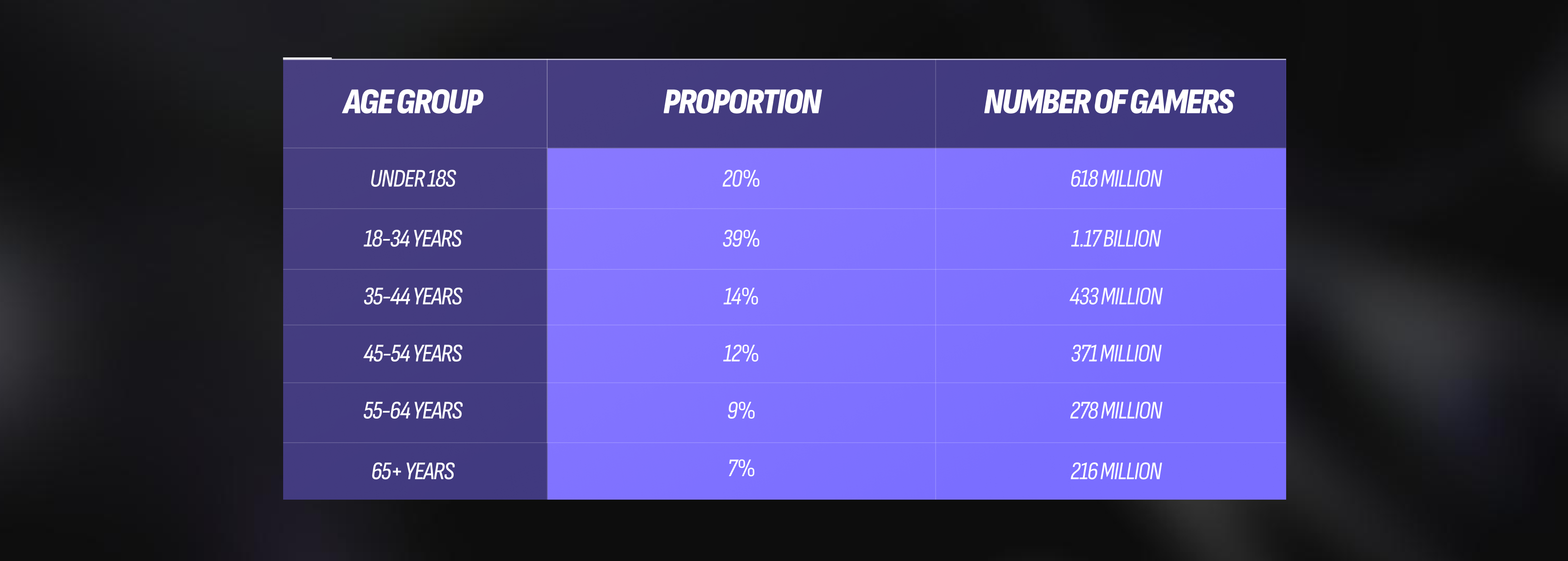
Types of In-Game Advertising Models - Pros & Cons
At first glance, in-game advertising has comparatively narrow utilization and placement opportunities, but nothing could be further from the truth. In-game advertising boasts several of broadly recognized advertising models, and the marketing limitations in games are defined exclusively by your imagination or budget. Let’s break down the most common in-game advertising models, along with their pros and cons.
Static in-game advertising
Static in-game advertising involves embedding ads directly into the game's code, making them permanent and unchangeable. Due to their enduring nature, these ads are typically charged a fixed fee. The pricing varies, ranging from $50k to $500k for medium to large console games, depending on integration depth and expected audience size. This advertising method is similar to product placement in movies or TV shows and doesn't require players to maintain a constant internet connection.
However, there are challenges associated with static in-game advertising. Planning and integrating these ads take several months or even years during the game's development, making it difficult for advertisers to coordinate promotions so far in advance. Additionally, tracking the effectiveness of these placements can be limited or non-existent.
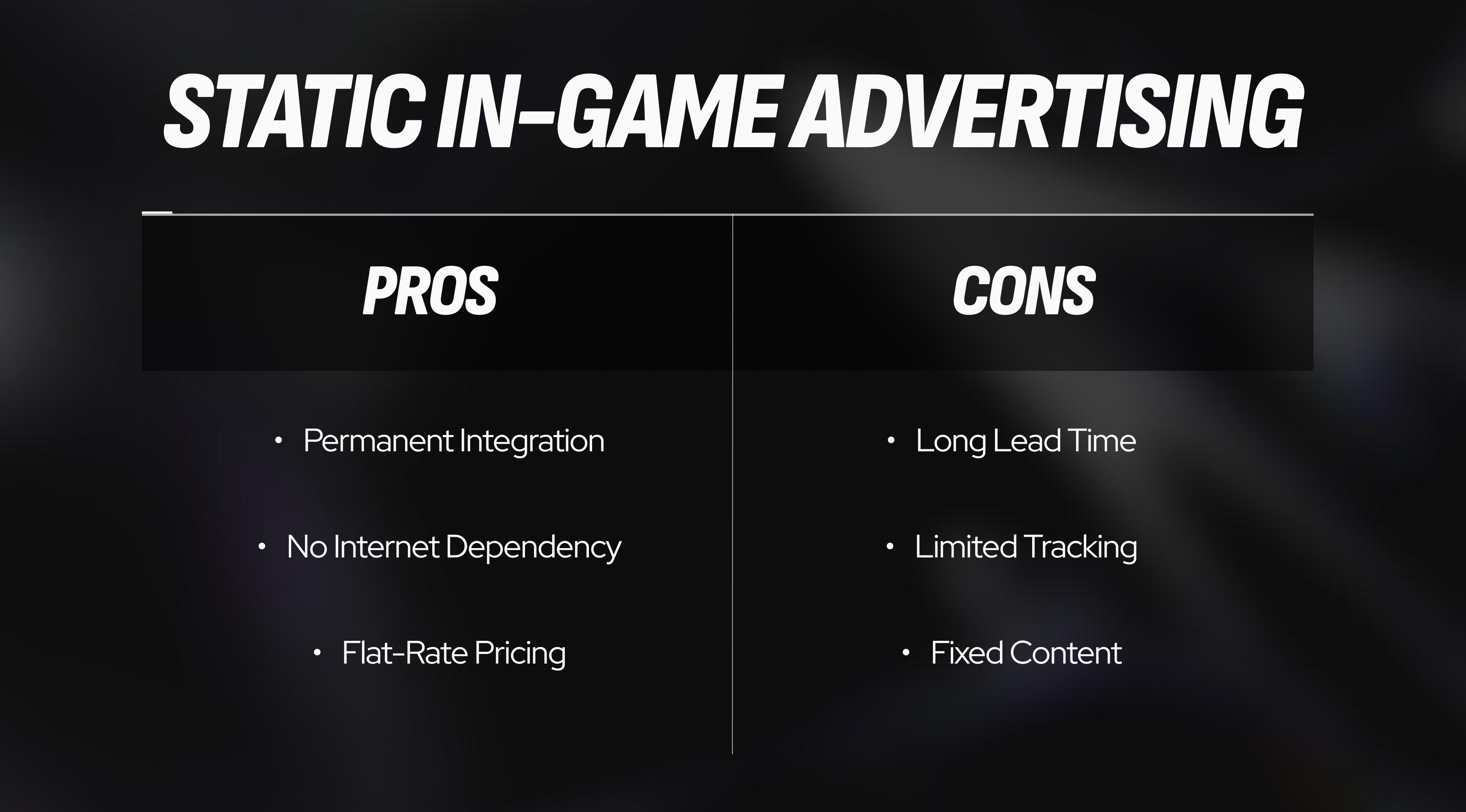
Dynamic in-game advertising
Dynamic in-game advertising is a versatile marketing approach within the gaming landscape. These ads, which can take the form of billboards, posters, videos, or banners, offer several key advantages. They can be swiftly replaced and deployed instantly, and their adaptability allows them to appear in various formats. The prevailing pricing model for in-game advertising is CPM, with rates fluctuating significantly depending on various factors such as ad format and targeting. Typically, the average CPM for in-game display ads falls within the range of $10 to $20, while video ads tend to command a higher range of $15 to $30.
It's worth noting that these figures can vary considerably based on variables like the specific audience, the game in question, the chosen targeting criteria, and the ad formats employed. For instance, an Interactive Advertising Bureau (IAB) study revealed that CPMs for in-game ads targeting Gen Z and Millennials were approximately 30-50% higher compared to those aimed at Gen X and Baby Boomers, underscoring the influence of audience demographics on pricing dynamics.
Unlike Static In-Game Advertising, this method enables precise targeting through geo-targeting, genre-specific placement, and day-parting, making it highly effective for reaching specific gaming audiences. Additionally, the implementation process is remarkably fast, taking only 24 to 48 hours after paperwork and creatives are provided. While dynamic in-game advertising provides these benefits, it may have limitations in terms of customization and requires gamers to maintain an active internet connection for ad display.

Product Placement & Sponsored Game Content
Sponsored game content entails seamlessly incorporating a brand or product into the core gameplay experience, thereby increasing its visibility and engagement with players. A notable example of this approach's success is KFC's collaboration with Nintendo in creating a virtual island within the widely popular game Animal Crossing: New Horizons. This KFC-themed island featured branded items and decorations, and players had the chance to earn real-life chicken vouchers as rewards for their in-game activities.
Product placement in games has become a compelling marketing strategy across various titles and genres. For instance, the iconic energy drink brand Red Bull has appeared in numerous racing and extreme sports games, offering players a virtual taste of its products to enhance in-game performance. Similarly, car manufacturers like Audi and Mercedes-Benz have integrated their vehicles into racing games like Gran Turismo, allowing players to test-drive their latest models in a virtual setting. These instances of product placement enhance both player immersion and brand exposure within the gaming world.
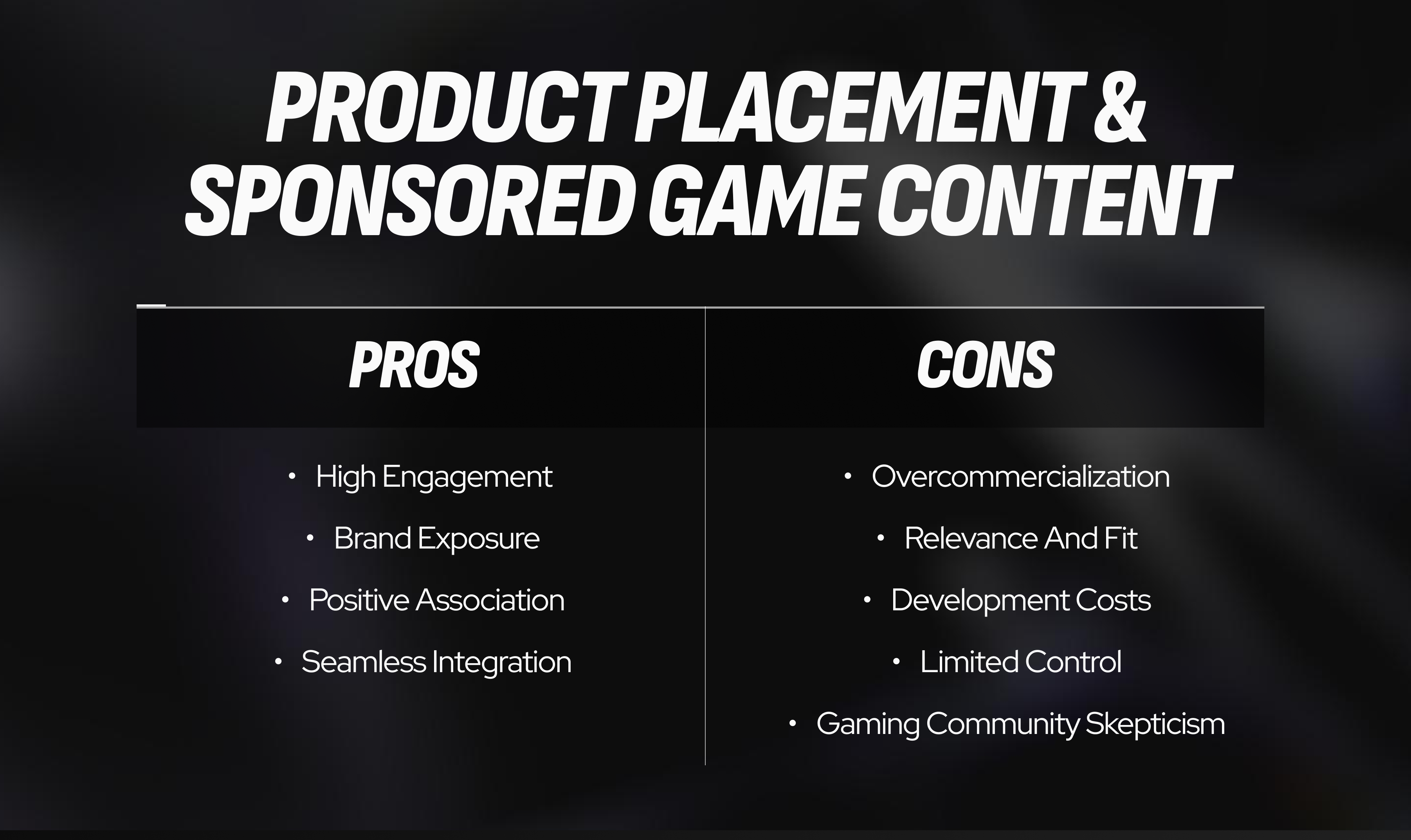
Advergames
Advergaming is a unique advertising technique that leverages video games to boost brand recognition and engagement (Alcoverro 2020). Prices for fully functional console games (Howard 2020) can skyrocket into the hundreds of thousands of dollars or more. In contrast, mobile games fall within the range of $ 15k to $ 100k. Advergaming stands apart from typical in-game ads, as it involves brands creating games themselves to promote their products. Here, the brand is not secondary but central to the game's core.
One significant advantage of advergaming is its non-intrusive nature, allowing customers to voluntarily download, engage, and interact with the game. This approach is highly customizable, enabling brands to infuse their style and values, creating a unique and representative product. With a social component, advergames have a high potential for going viral, as they can be incredibly addictive.
Furthermore, advergaming offers easy measurability, with user interactions and impressions recorded within the game. This includes metrics such as playtime, login frequency, and user behaviors, providing valuable insights.
However, advergaming does have its challenges. It demands a substantial preparation period, making it less suitable for time-sensitive campaigns. Additionally, it typically ranks as the most expensive in-game advertising option, requiring significant financial investment.
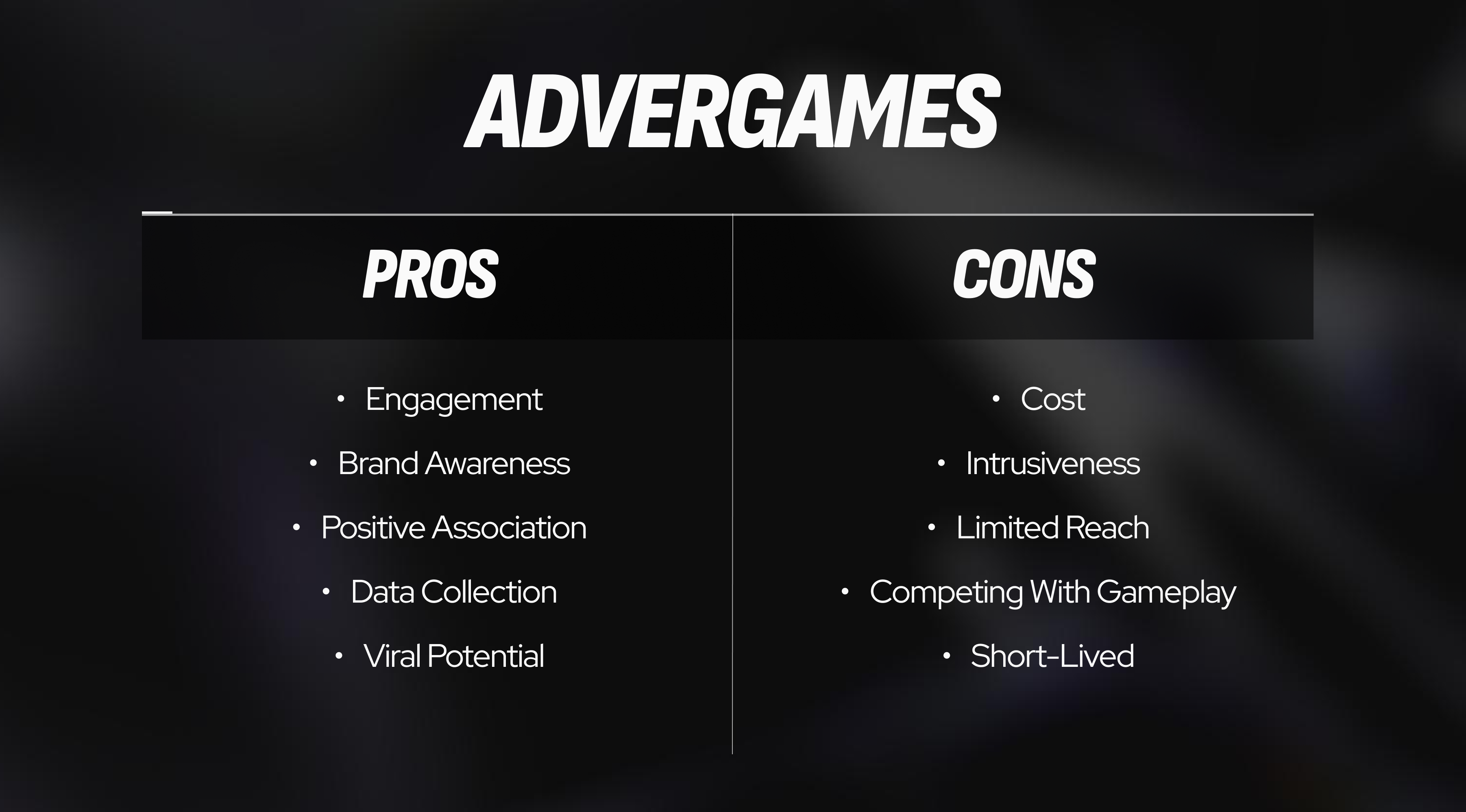
Console Integration
Not exactly in-game advertising, Console Integration involves the placement of square tiles within the Xbox Live dashboard, making it distinct from in-game advertising as it operates within the video game console rather than within the games themselves. Nevertheless, it remains one of the most effective means to connect with the gaming demographic. Pricing for Console Integration typically follows a CPM (Cost Per Thousand Impressions) model, with rates at the higher end, ranging between $25.00 and $35.00. This pricing reflects the proven effectiveness of this approach and the strong demand from leading global brands and media buyers. Similar advertising models can also be seen on the game distribution and game launching platforms.
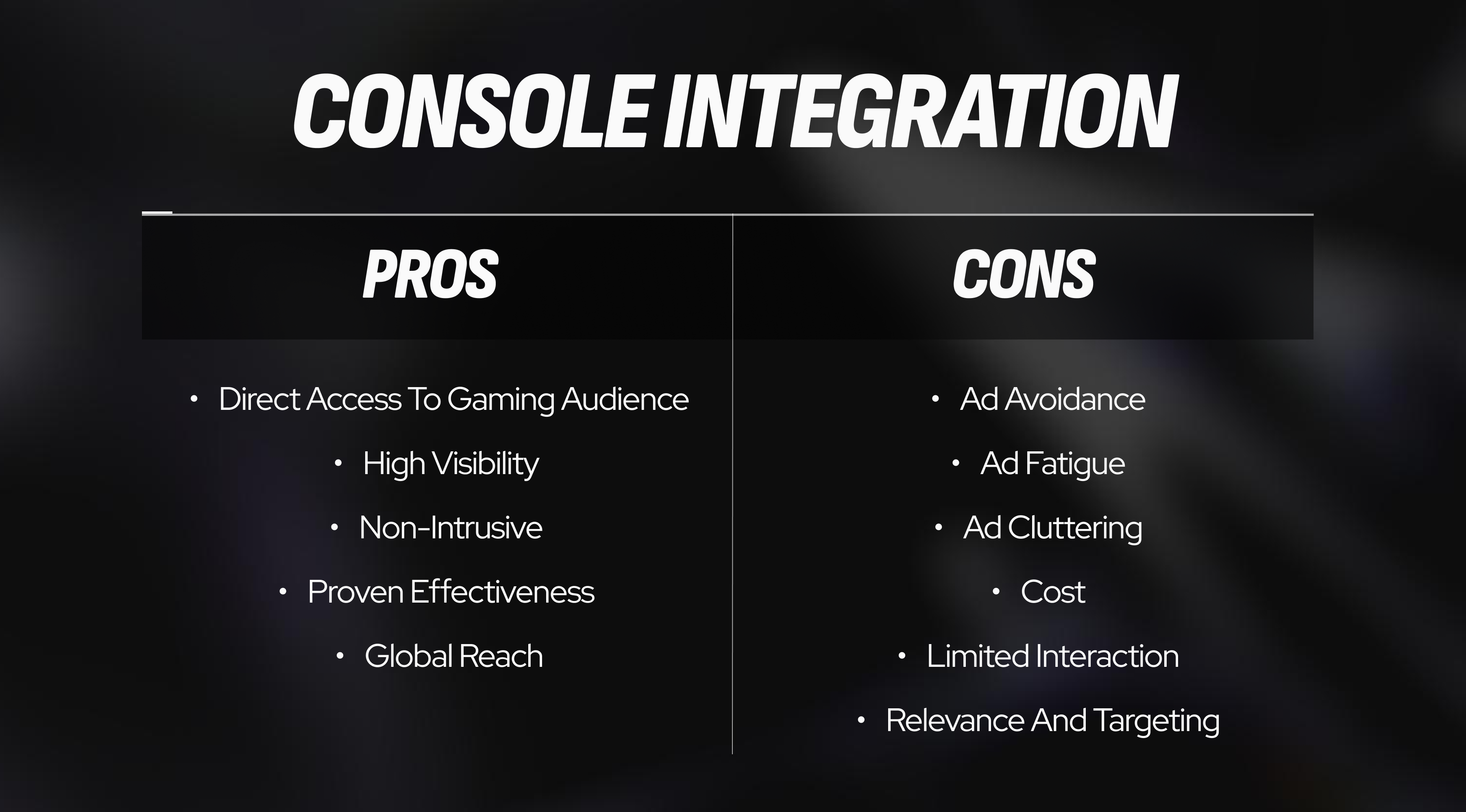
Can Smaller Brands Advertise in Games Too?
In the face of evident effectivity, in-game advertising suffers from high costs and often tedious implementation processes. This positions smaller brands in unfavorable conditions and struggles with advertising budgets. While in-game branding campaigns can drive bigger numbers, traditional YouTube video ads and social media campaigns provide more democratic pricing. Is in-game advertising exclusively for industry mammoths? The short answer is: “Not necessarily.” Despite the skyrocketing costs, there are several ways to advertise your brand in games without going bankrupt.

Const Effective & Data Driven In-Game Advertising
-
Use In-Game Ad Networks - Akin to traditional advertising networks by Google, Facebook, IAB Techlab, etc., the gaming industry also provides extensive advertising networks. Ad networks serve as intermediaries linking brands with multiple game publishers, granting access to a wider array of games. They provide expanded scale and outreach, along with cost-effective pricing and improved targeting capabilities. However, the trade-off involves relinquishing some control over creative content and placement decisions. Additionally, certain ad networks may offer lower-quality placements and limited targeting features.
-
Use Programmatic advertising platforms - Programmatic platforms utilize data and algorithms to streamline the purchasing and positioning of in-game advertisements across various publishers and platforms. This method can enhance efficiency, scale, and precision in targeting by leveraging user data and behavior insights. Nevertheless, programmatic platforms often entail relinquishing some control over creative content and ad placement, and they may necessitate a higher level of technical expertise for effective utilization.
Custom In-Game Advertising for Lesser Costs
-
Approach Independent Game Developers - Not everyone pushes advertising pricing sky-high, like major game titles and publishers. While smaller titles might not enjoy as astonishing number of DAU (daily active users), they can still prove highly impactful thanks to specialized and ready-to-act audiences, extended screentime, and creative flexibility.
-
Advertise in emerging gaming projects - This in-game advertising approach can prove highly effective and cost-friendly, albeit a bit hazardous. Finding an emerging gaming project with spearheading potential isn’t an easy task, but succeeding is fruitful. Become the ambassador and early advertising partner of an up-and-coming game, and reap the benefits once the game goes viral.

